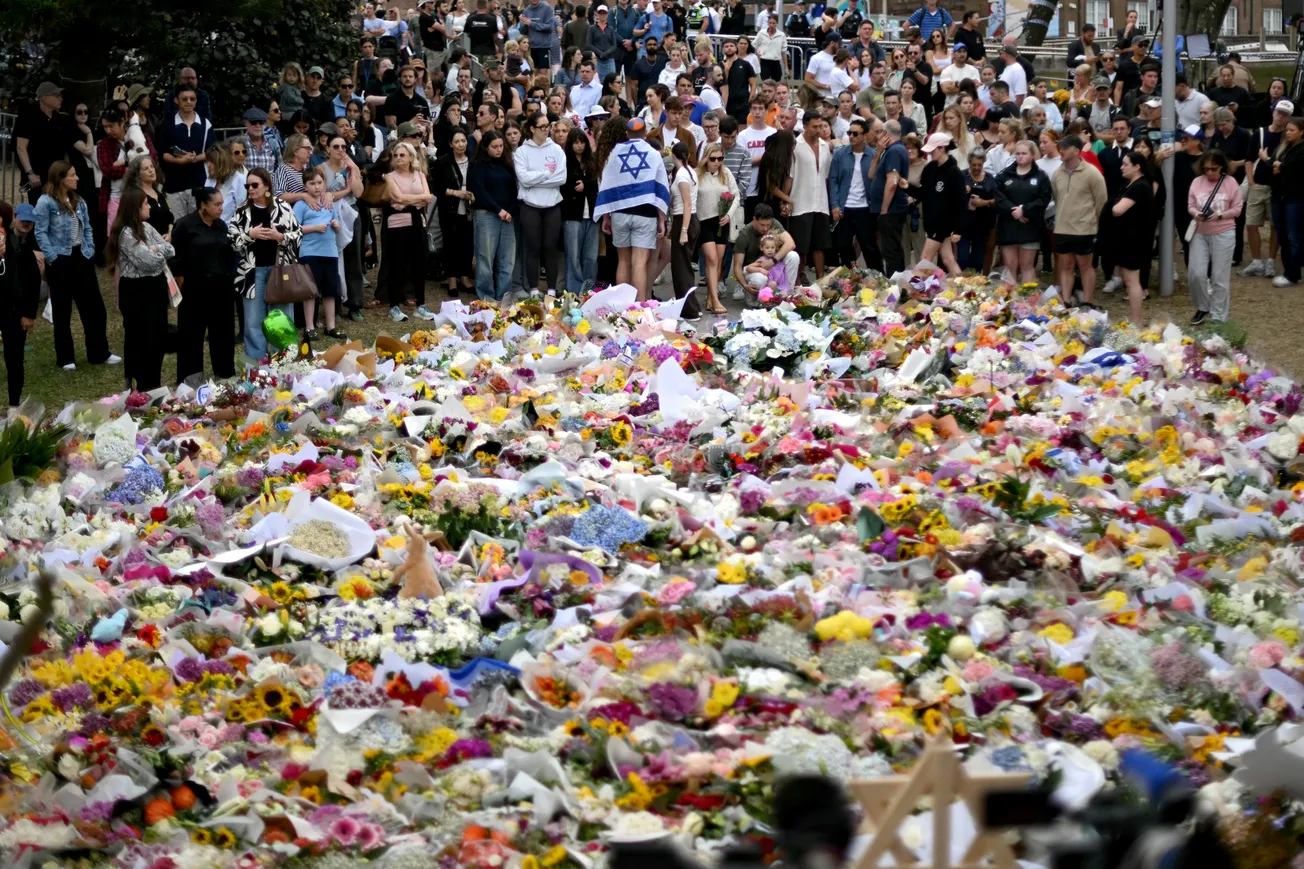By Bryce Hill for the Daily Caller News Foundation | May 19, 2023
We are a nation that trusts some government numbers, but not all.
But here’s the thing about data: it doesn’t care about our feelings; it just provides information.
And many of the people who report on data, like me, only care about the facts. Somehow, that can be seen as controversial.
Here’s an example.
Toward the end of every year, the U.S. Census Bureau releases data showing population change at the state level. The most recent data showed Illinois’ population declined by a record 104,437 residents from July 2021 to July 2022. That’s an estimate, which uses the 2020 Census as a baseline and mixes in births, deaths and migration to provide an updated picture of state populations each year between those decennial census counts.
These annual estimates from the Census Bureau’s Population Estimates Program began to come under scrutiny in Illinois after the release of the 2020 Census. First, the 2020 Census came in higher than estimates originally predicted, then a review of the head count found Illinois’ population was most likely even higher than was recorded during the official census. But just because there were more Illinoisans than suspected does not necessarily mean the census estimates of population change were wrong.
Even more importantly, all three measures of the state’s population confirm one essential point: the state’s population trends are among the worst in the nation.
As the Census Bureau continues to estimate declines in the state’s population, an Illinois congressman is upset. U.S. Rep. Raja Krishnamoorthi said the PES findings “raised serious questions for Illinois officials as to the reliability of the Census Bureau’s results more broadly” and is calling on the census to change their methodology.
Normally, this sort of repeated denial of government data would get you called a conspiracy theorist. But it hasn’t stopped elected officials including Gov. J.B. Pritzker from assembling a tinfoil hat.
Just last week the Internal Revenue Service released its own migration report based on official tax return data. Their data show Illinois lost 105,109 residents between 2020 and 2021. Immediately, Pritzker’s office claimed it was “not migration data” and that, “the census report is the standard for determining domestic migration” – despite rejecting the findings of the Census Bureau’s annual estimates of domestic migration last month.
The Census Bureau has defended its methods, writing in a press release, “None of the assessments alone can be considered definitive since no ‘true count’ of the population exists.” In other words, we can learn the most from the data when we look at the big picture.
Should we present legitimate criticisms when datasets are flawed? Absolutely. We rely on good information to understand our world and identify solutions to problems.
But that’s different from dismissing trends because they’re uncomfortable. Our favorite datasets can’t be the ones that tell us what we want them to say.
Regardless of whether we look at the results of the Census Bureau’s annual population estimates, the 2020 Census, the review of the head count, they all reveal the same truth: Illinois’ population growth is among the worst in the nation.
Instead of issuing knee-jerk statements questioning the Census Bureau’s ability to do its job and demanding methodological changes to suit political narratives, Illinoisans would be better served if their elected leaders accepted the Census Bureau data holistically. The main conclusions are: Illinois’ population is larger than originally thought – which is a good thing and will make more federal money available to the state – and residents are leaving in droves for other states.
Independent estimates of migration from the IRS and multiple moving companies also show that trend. More people continue to move out of Illinois than into the state. Because birth and death rates virtually offset each other, those moves are the main driver of Illinois population change.
And it’s shocking to see politicians dismiss a serious threat to the state’s well-being because the numbers don’t make them look good. The reason Illinois’ population is shrinking is because of politicians’ longstanding failure to curb public corruption and fix our flailing finances.
Failing to acknowledge this essential truth helps nobody, especially not the people here struggling to make ends meet.
In Illinois, it’s time for a Census reality check.
Bryce Hill is director of fiscal and economic research at the Chicago-based Illinois Policy Institute.
Original article link








